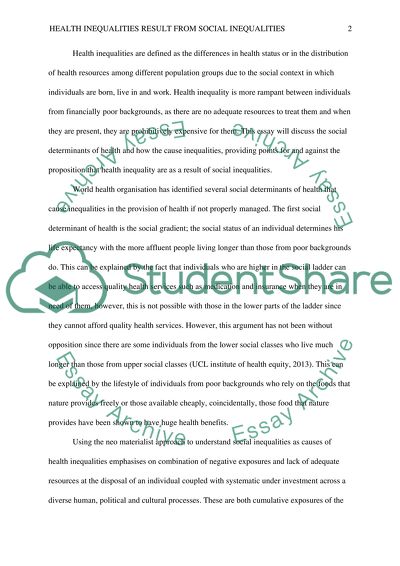Cite this document
(“'Health inequalities result from social inequalities. Action on Health Essay”, n.d.)
'Health inequalities result from social inequalities. Action on Health Essay. Retrieved from https://studentshare.org/health-sciences-medicine/1491863-ychhealth-inequalities-result-from-social
'Health inequalities result from social inequalities. Action on Health Essay. Retrieved from https://studentshare.org/health-sciences-medicine/1491863-ychhealth-inequalities-result-from-social
('Health Inequalities Result from Social Inequalities. Action on Health Essay)
'Health Inequalities Result from Social Inequalities. Action on Health Essay. https://studentshare.org/health-sciences-medicine/1491863-ychhealth-inequalities-result-from-social.
'Health Inequalities Result from Social Inequalities. Action on Health Essay. https://studentshare.org/health-sciences-medicine/1491863-ychhealth-inequalities-result-from-social.
“'Health Inequalities Result from Social Inequalities. Action on Health Essay”, n.d. https://studentshare.org/health-sciences-medicine/1491863-ychhealth-inequalities-result-from-social.


